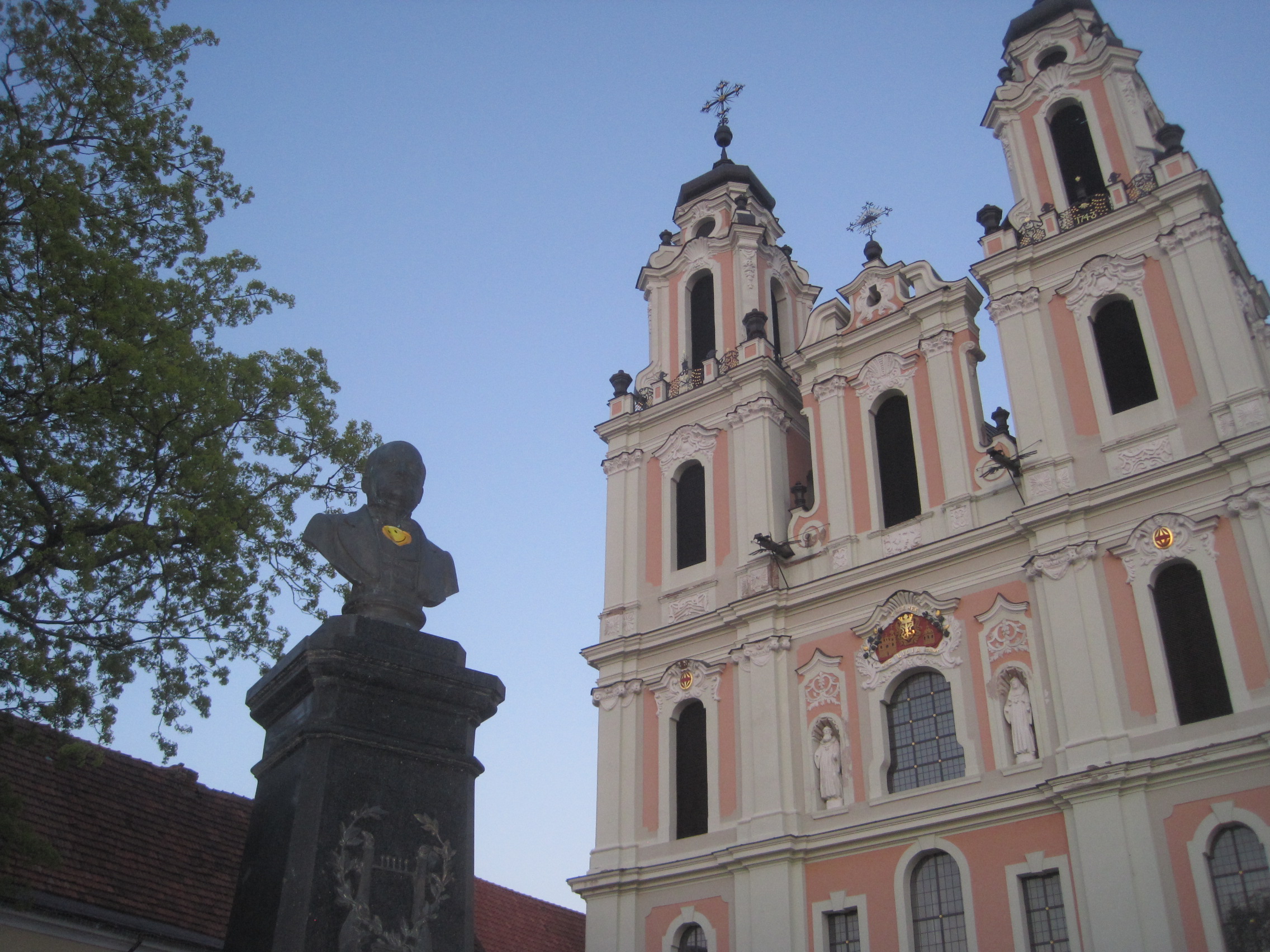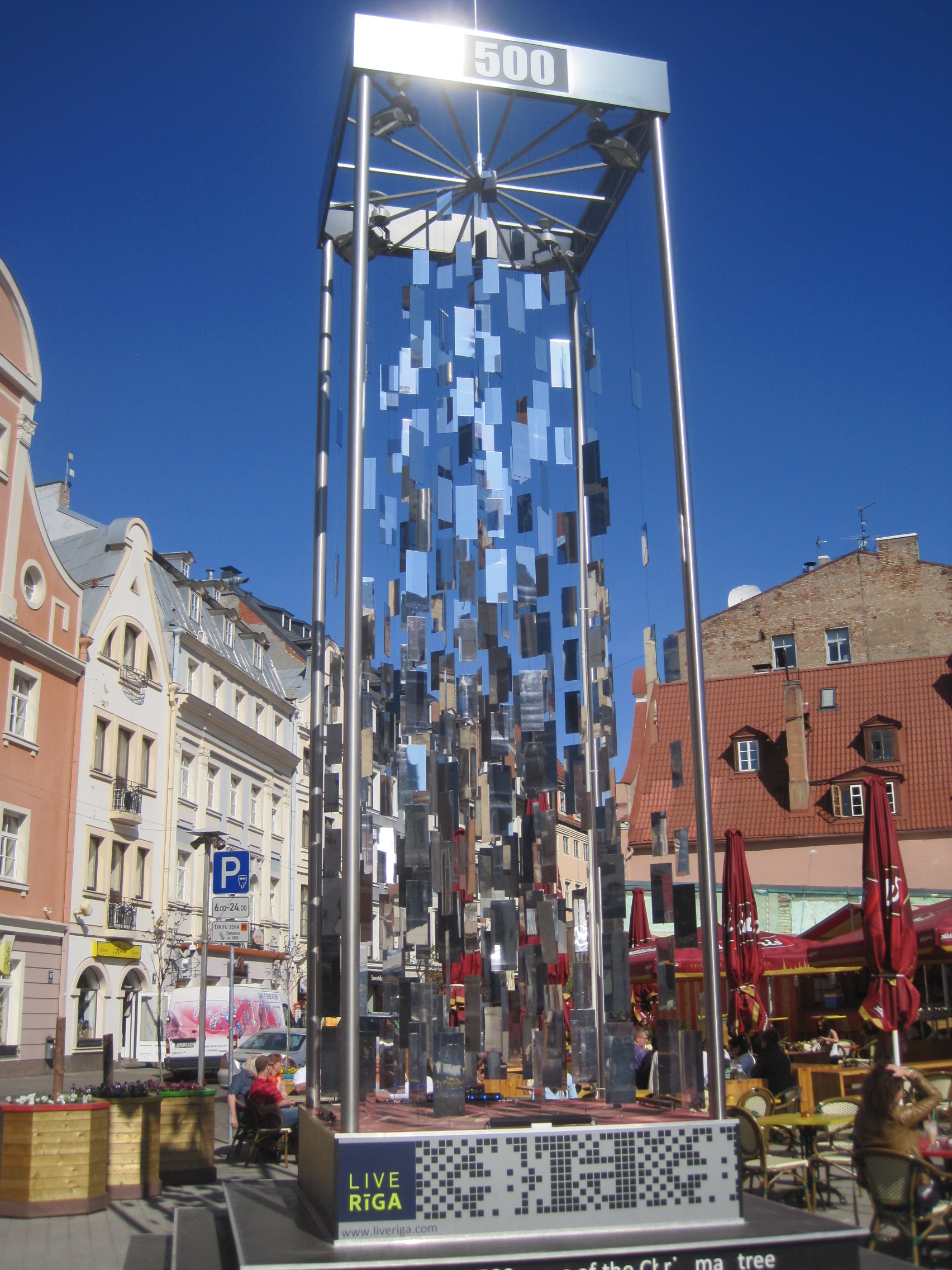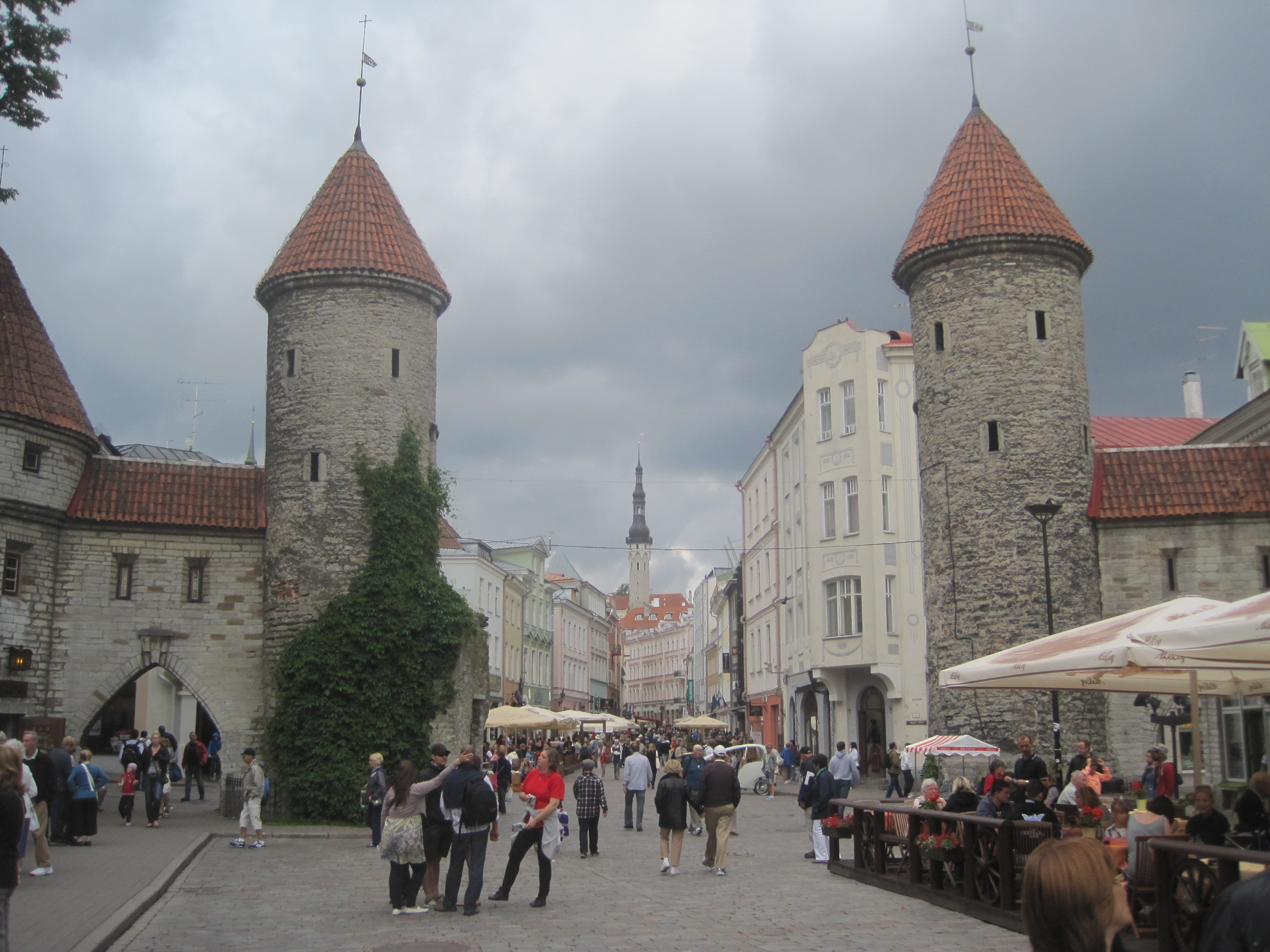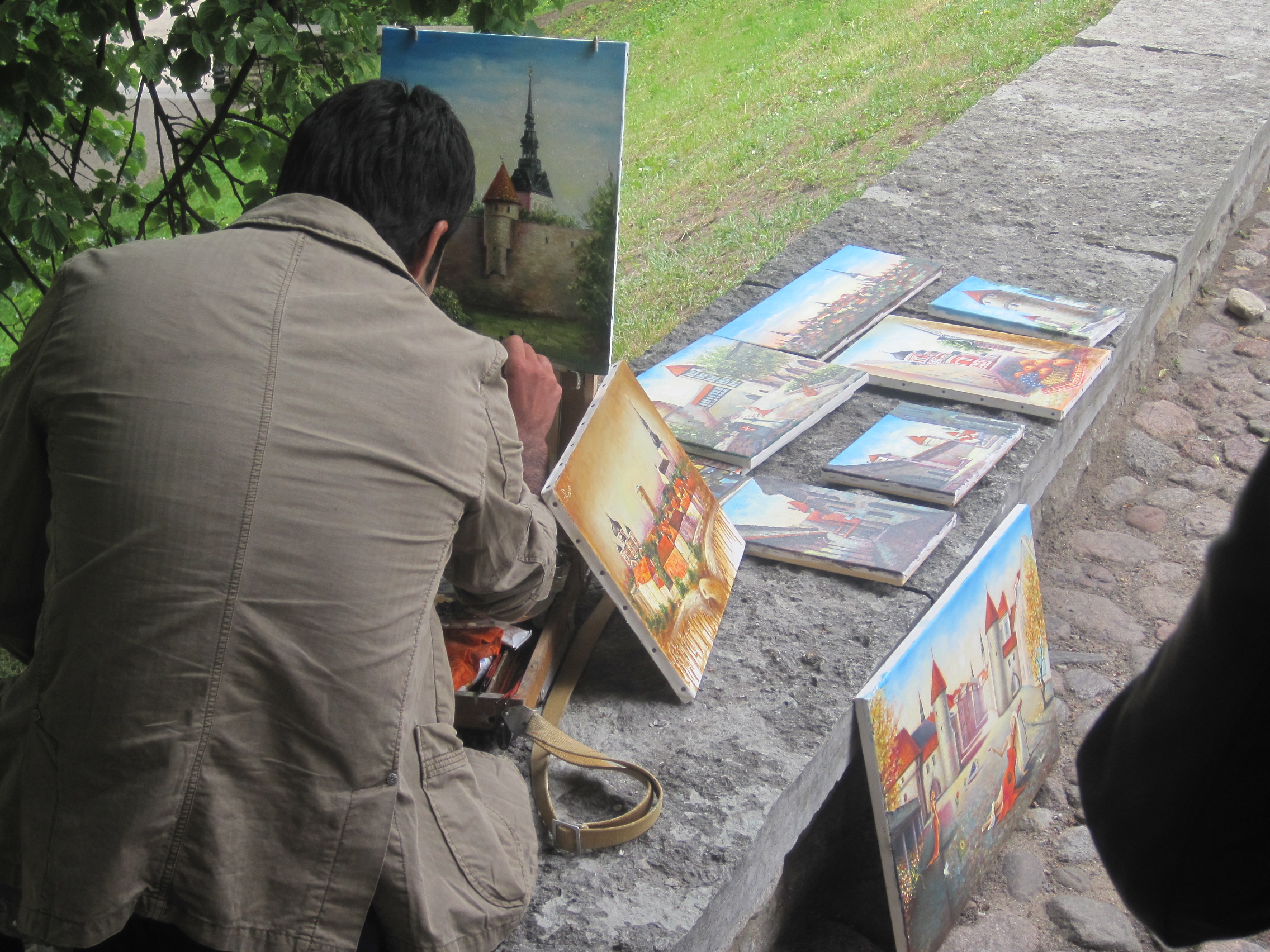
The Baltic States are fascinating countries both to study and to explore. While I haven’t travelled around any of them as much as I’d like, I have a keen interest in the history of the region and was lucky enough to visit Estonia, Latvia and Lithuania over the course of a few months in 2011.
Tallinn: Easyjet fly from Gatwick, while Ryanair fly from Stansted and Manchester.
Riga: Ryanair fly from East Midlands, Leeds/Bradford, Stansted and Manchester, while Wizzair fly from Luton. AirBaltic also fly from Gatwick.
Vilnius: Ryanair fly from Leeds/Bradford, Liverpool, Stansted; Wizzair from Doncaster and Luton.
Though definitely not all-encompassing, here is a beginners’ guide to one of my favourite regions in Europe, with a few things you need to know.
(*Please note this post features my own view of regional history, which is in no way decisive and not intended to cause offense.)
Which states are “Baltic”?
The definition of the Baltic States is more complicated than you might think. When first used, it described the newly independent countries on the shores of the Baltic Sea – including Finland. However, as Estonia, Latvia and Lithuania re-gained their independence at similar times in the early 90s, the term today generally refers to them.
Yet, there’s a lot of argument as to how accurate this collective grouping is, as the only thing shared by all three countries is a history of invasion, occupation, forced deportation and oppression in the 20th century. Furthermore, while Latvian and Lithuanian are Baltic languages, Estonian is more closely related to Finnish. Estonia also shares a lot of its history with Finland and there are even proposals to change the Estonian flag to a Nordic cross to recognise its Nordic heritage.
Riga is the birthplace of the Christmas Tree
According to legend, the first Christmas Tree was used in Riga in 1510, when an evergreen tree was decorated by monks, displayed in the House of Blackheads, and then set on fire. As you do.
See: The cool 500-year Christmas Tree art installation in Riga’s old town.
Lithuania is the only Baltic State not to have won Eurovision
Estonia and Latvia each won in 2001 and 2002 respectively.
The old towns of Tallinn, Riga and Vilnius are all UNESCO world heritage sites
Lovers of quaint old towns and beautiful architecture will not be disappointed in the Baltics. Though all three are perfect for photo-ops and pleasant strolls, Vilnius and Riga each have a particular reason to boast: Vilnius is home to Europe’s largest baroque old town, while in additional to a UNESCO-listed old town, Riga is also famed for its extensive number of Art Nouveau buildings.
Do: Lonely Planet’s Estonia, Latvia and Lithuania guide features a walking tour of Riga that takes in the city’s best examples of Art Nouveau architecture.
What ‘s the currency in the Baltic States?
It was announced this week that Latvia aims to become the latest member of the Eurozone in 2014. Latvia’s current national currency is the Lat, while Lithuania uses the Litas. Neighbouring Estonia joined the Euro on 1st January 2011 – pushing up prices dramatically.
Tip: Head to Latvia before 2014 to take advantage of low prices.
Lithuania was the last place in Europe to renounce paganism
The country’s pagan roots are probably most visible on The Curonian Spit, where you’ll find plenty of creepy wooden carvings, but Lithuania is today a passionately Catholic country.
See: Head to the Hill of Crosses for an experience that seems to combine Catholic worship and eery pagan devotion.
World War II
The history of the Baltic States during the Second World War is particularly tragic. When World War II broke out, the Baltic States had been independent for around 20 years. In 1940, the Baltics were forced to accept Soviet occupation in the guise of ‘protecting’ the region from Nazi aggression. The Soviets installed new governments and swiftly began executions and mass deportations of strategic members of the ethnic populations to Siberia in order to prevent uprisings.
The following year, the region was invaded by the Nazis. Unsurprisingly, many people in the Baltic saw them as would-be liberators from Soviet oppression. The Nazis promised to protect the independence of the states, setting up puppet governments. Many Estonians, Latvians and Lithuanians began fighting alongside the Nazis against the Russians (these people are today known as ‘freedom fighters’ and somewhat idealised, particularly in Estonia), while many others had been conscripted for the Soviet army, meaning many people were fighting their own countrymen.
At the end of the war, the Yalta conference signed possession of the Baltic States over to the Soviet Union, who punished the local populations for fighting against them during the war.
Visit: Museum of the Occupation of Latvia, in Riga.
The Baltic Way & Re-independence
In the culmination of months of peaceful protesting for independence from the Soviet Union, on 23rd August 1989, around 2 million people stood together and formed a human chain which ran from Tallinn to Vilnius via Riga.
On 11th March 1990, Lithuania became the first Soviet Republic to declare its independence. Others followed and by September 1991, the Soviet Union recognised the re-independence of Estonia, Latvia and Lithuania. Today, the period of Soviet rule in the Baltic States is internationally considered an illegal occupation, and thus the countries are not referred to as former Soviet republics.
Visit: Museum of Genocide Victims in Vilnius.
Living art
On a lighter note, in summer, scores of artists can be seen painting or selling artwork of Tallinn, Riga and Vilnius’ more beautiful landmarks. They were really decent when I was there and to this day, I regret not buying any.
Do you have any tips for first-time visitors to the Baltic States?










Good write up, cheers!
My only tip would be, go to Tallinn in the off-season. We went in November – it wasn’t particularly cold, there were hardly any tourists around and the city’s 5* hotels are a bargain then. We stayed at the Telegraaf where a double was just £75. Vilnius is even cheaper for decent hotels.
You money really does go far in the Baltics! We were in Riga off-season, which wasn’t that great because the only other tourists seemed to be stag dos, which was a shame.
Coaches are a great and cheap way to travel between the Baltic capitals. They are comfy and luxurious too with individual screens showing movies and tv shows like on a plane. We managed to travel between the 3 capitals for €20 each, the longest ride was about 4 hours but that flew by with the movies available and wifi. Great historic cities and definitely recommend doing cycle tours of each to see as much as you can.